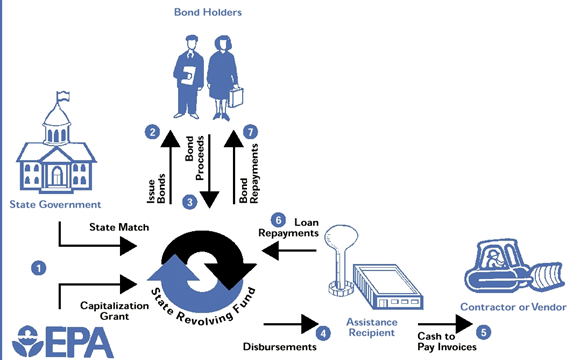Job Alert: Financial Analyst – TIFIA @ U.S. Department of Transportation
This position is located in the Innovative Program Delivery office (HIN), Federal Highway Administration (FHWA), Washington, D.C. The Financial Analyst will serve as a member of the TIFIA Joint Program Office (JPO), one of five teams within HIN. The ideal candidate for this position will bring specialized experience in budget and accounting to apply the principles of the Federal Credit Reform Act of 1990 (FCRA), as interpreted through guidance from the Office of Management and Budget (OMB) to manage the TIFIA program funds appropriated by Congress. Working with the budget and accounting staff from the FHWA and the Office of the Secretary, as well as outside technical advisors, you will prepare TIFIA’s annual budget submission, calculate the subsidy cost of each TIFIA transaction, prepare apportionments, collect payments from applicants and borrowers, and ensure that all financial events are recorded properly in the program accounts. This position is being filled at the GS-11, 12 or 13 level and is located in Washington, DC. Salary range is $62,467.00 to $115,742.00 per year, based upon qualifications.
This Financial Analyst vacancy announcement can be viewed at: FHWA.HIN-2013-0002: DEU-Open to all US Citizenshttps://www.usajobs.gov/GetJob/ViewDetails/331226200 and
FHWA.HIN-2013-0004: Government Employees only https://www.usajobs.gov/GetJob/ViewDetails/331227500.
In order to be considered, please follow specific application procedures on the announcements.
Application Cut-off: Given our continuing need for professionals in this field, we will routinely review applications and refer the top candidates for potential interviews multiple times during the open period of the announcement. The first cutoff for applications is close of business November 26, 2012, 2nd cut-off is December 26, 2012 and final review occurring after January 24, 2013 (closing date).


